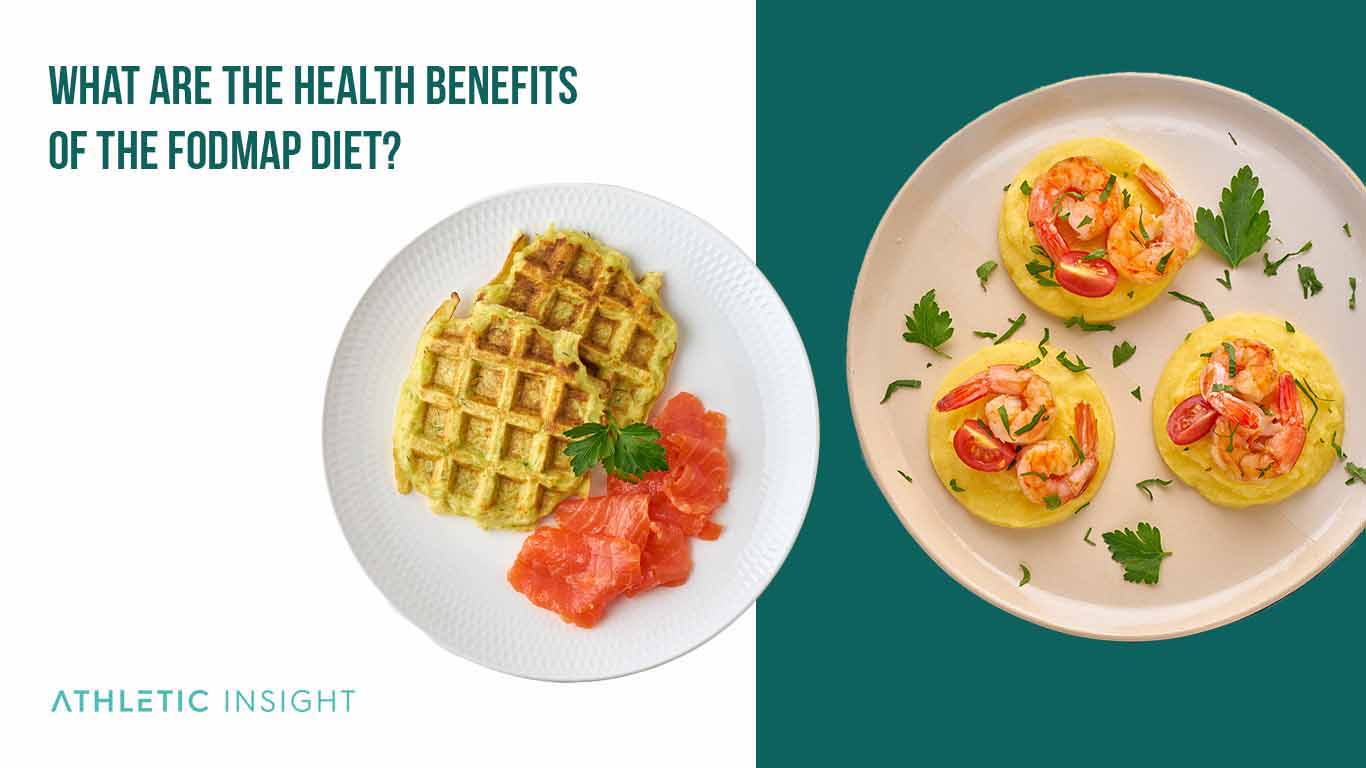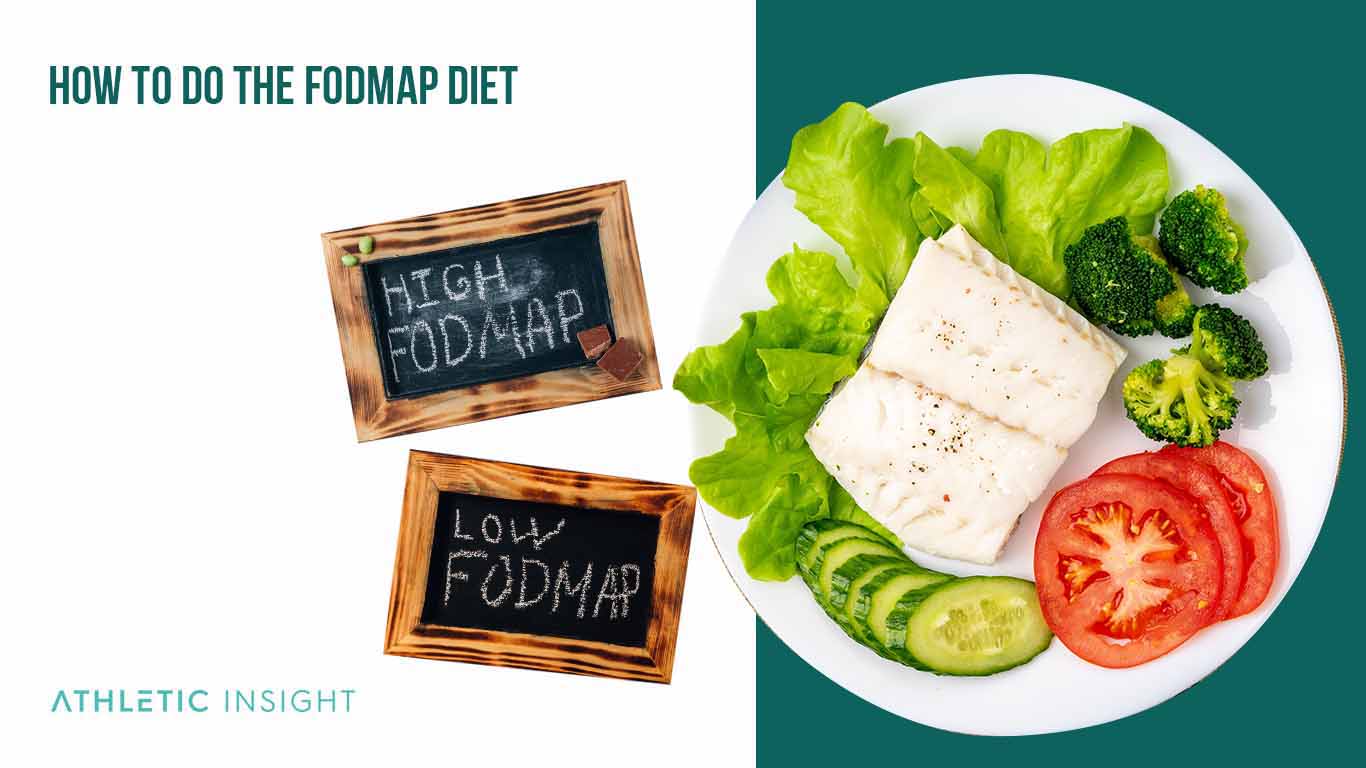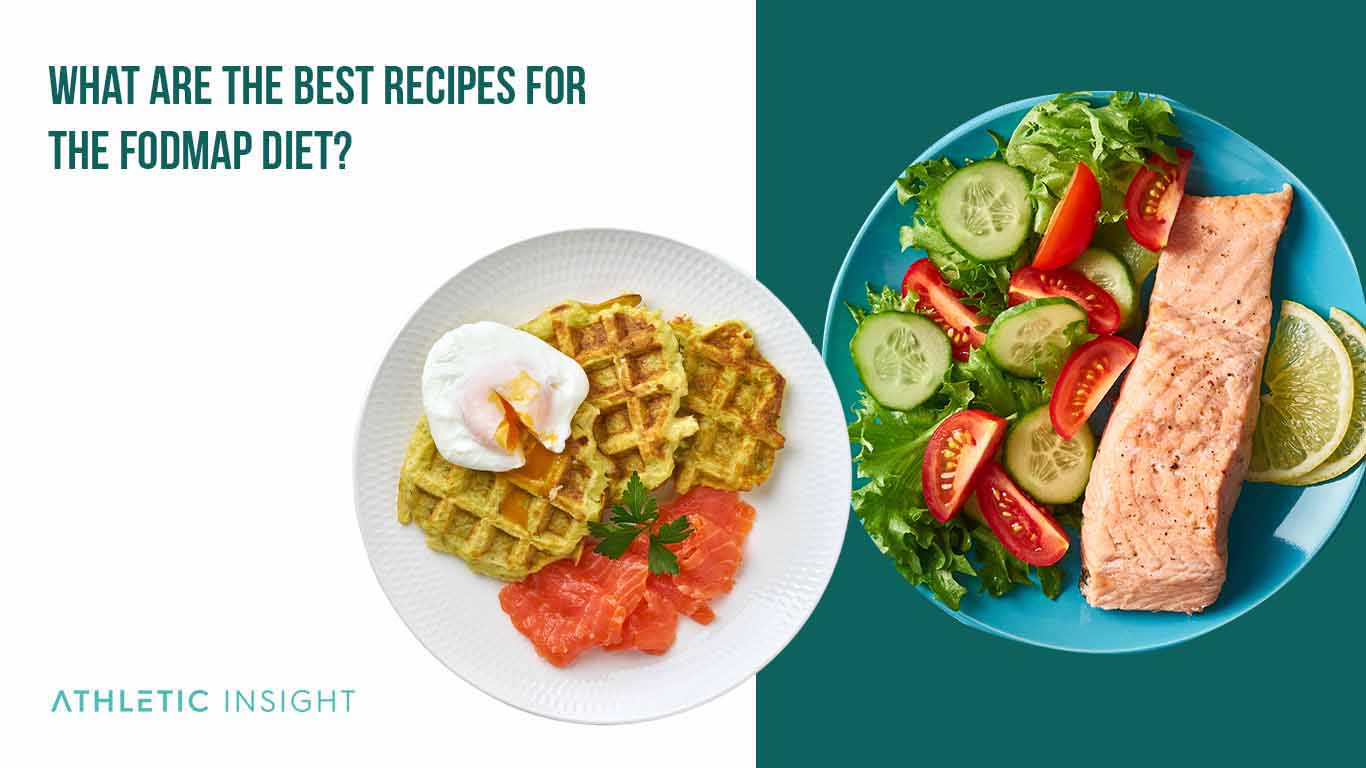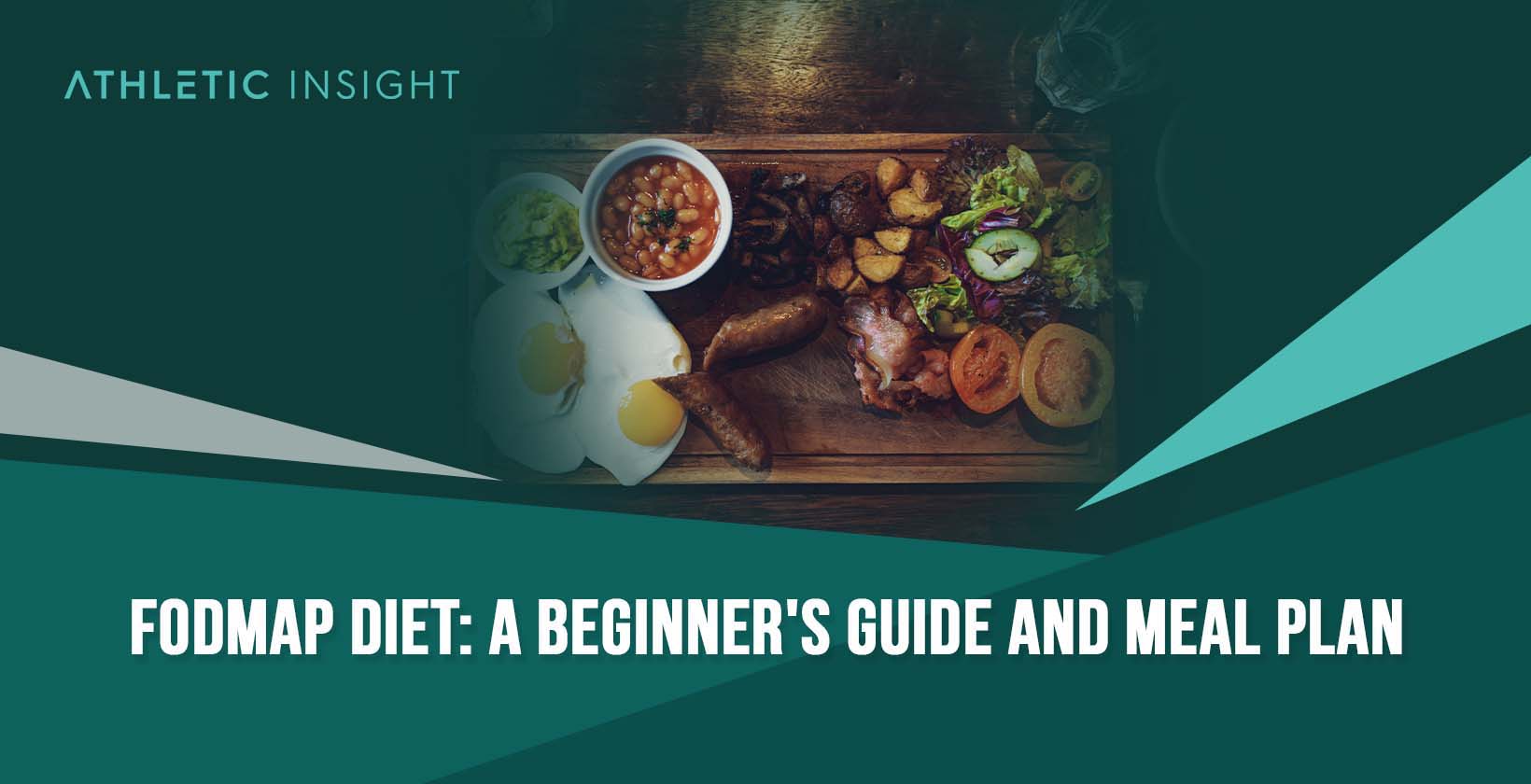A Fodmap diet is a food plan which restricts foods that are high in fermentables, oligosaccharides, disaccharides, monosaccharides, and polyols. The first letters of each of these carbohydrate molecules form the acronym FODMAP, giving the diet its moniker.
Foods that are high in Fodmaps are not easily digested by the body and can cause gas, cramps, abdominal pain, constipation, or diarrhea. A Fodmap diet is important for individuals who suffer from these conditions, including IBS and SIBO.
Eliminating foods high in Fodmap for a few weeks may alleviate their symptoms. Dieters can then slowly add some Fodmap foods back into their diet and see if they have any reactions to the new food.
The benefits of a Fodmap diet are easier digestion, less gas, less bloating, and alleviating irritable bowel symptoms.
There are different types of Fodmap diets with each restricting a different category of foods. Individuals following a Fodmap diet plan may refrain from eating all or some of the categories.
- Fructans – This plan cuts out oligosaccharides which include wheat, rye, garlic, onions, legumes, nuts, and artichokes, as well as food additives such as FOS and inulin.
- Lactose – Cutting out disaccharides focuses on dairy-based products with lactose, such as milk, soft cheese, and yogurt. Some individuals may be able to eat limited dairy products.
- Fructose – Monosaccharides include foods with fructose, a sugar that many fruits such as apples, pears, mango, and watermelon contain. Honey and high-fructose corn syrup also contain fructose.
- GOS (Galactooligosaccharides) – Legumes and beans contain GOS which is not easily digested.
- Polyols – foods with mannitol and sorbitol such as stone fruits, apples, pears, cauliflowers, mushrooms, and some sugar-free substitute sweeteners.
How Does a Fodmap Diet Work?
As the digestive tract can’t easily digest Fodmaps, these short-chained carbohydrates usually travel through the body until they reach the colon. Enzymes in the colon break down the Fodmaps with fermentation, generating gas and often uncomfortable gastrointestinal symptoms, including bloating, cramps, abdominal pain, constipation, or diarrhea.
People who suffer from gastrointestinal conditions eliminate foods high in Fodmaps to reduce the need for the enzymes to break down the food in the colon, alleviating the gastrointestinal symptoms.
The initial reactions of the body to the Fodmap diet include less gassiness, reduced bloating, fewer cramps and abdominal pain, and more consistent bowel movements.
What Are the Phases of the Fodmap Diet?
A low Fodmap diet follows three phases; elimination, reintroduction, personalization.
1. Elimination
The first step of the Fodmap diet is to eliminate foods high in Fodmaps, cutting out fructans, lactose, fructose, GOS, and polyols.
Fodmap dieters refrain from eating wheat, rye, dairy, stone fruits, apples, pears, onions, garlic, and nuts, among other foods. They can eat eggs, meat, poultry, fish, tofu, rice, oats, corn, potatoes, berries, peppers, tomatoes, spinach, and more.
Eliminating Fodmaps is a restrictive and limiting diet, but most people on the Fodmap diet won’t need to stay off all of the Fodmap categories in the long term.
2. Reintroduction
After a few weeks on the diet, dieters can slowly introduce one food every few days. If they don’t experience any negative effects when reintroducing food, they can add it back into their diet. If they experience symptoms with the new food, they should stay off of it in the long term.
3. Personalization
Every person’s body reacts to foods differently, and what works for one person may not work for another. By reintroducing food slowly into the diet, Fodmap followers can determine which foods affect them and which ones they can safely eat without causing symptoms.
They can also customize their food plan to accommodate their food preferences if they are vegan, eat kosher foods, or have food allergies.
What Are the Health Benefits of the Fodmap Diet?
A Fodmap diet provides many health benefits, in addition to alleviating the gastrointestinal symptoms of irritable bowel syndrome (IBS) and Chron’s disease. Followers of a low Fodmap diet report feeling less bloating, cramping, abdominal aches, and gassiness.

A Fodmap diet can also promote good health with foods such as salmon, poultry, oats, and kale. However, some types of Fodmap diets restrict other heart-healthy foods and allow for more high-fat and low-fiber foods. Individuals following a Fodmap diet should choose foods that benefit their health.
Following a low Fodmap diet can benefit an individual’s health in many ways.
- Good for heart health – Healthy eating plays a large role in heart health. Eat a low-fat diet with fiber to improve heart health. Not all low-Fodmap foods are heart-healthy so choose foods wisely.
- Reduces cancer risk – Eat a diet rich in antioxidants to reduce the risk of many cancers.
- Prevents type 2 diabetes – Cutting out sugars and high-Fodmaps food can lower a person’s risk of developing type 2 diabetes.
- Lowers blood pressure – A low-fat diet with lean proteins and rich in vegetables can lower the risk of developing high blood pressure.
- Decreases asthma symptoms – While a Fodmap diet may not resolve asthma, following a healthy diet that promotes weight loss may alleviate some asthma symptoms.
- Promotes bone health – While Fodmap diets restrict calcium-rich dairy foods which are important for bone health, other foods that are rich in calcium and bone-strengthening minerals such as salmon, sardines, eggs, and spinach are included.
- Weight loss – Some might adhere to a low Fodmap diet for weight loss. Since the diet restricts sugar, many have success losing weight on this diet. However, dieters should follow their medical provider’s advice as the diet is very restrictive and prohibits some healthy foods.
What Are the Health Risks of the Fodmap Diet?
As with every diet, each individual should consult with their medical practitioner about whether it is the right choice. Along with all of the benefits of a low Fodmap diet are also some health risks.
Eating only low Fodmap foods eliminates many foods with nutritional benefits, vitamins, and minerals that promote good bone health and other healthy functions.
Some Fodmap followers replace sugar and carbohydrates with high-fat foods, which can pose a stroke risk. Nutritional deficiencies can also lead to poor skin conditions, hair loss, or a choline crisis.
Fortunately, most do not need to follow a strictly restrictive low Fodmaps diet for more than a few weeks and can slowly introduce more foods into their diet.
How To Do the Fodmap Diet
Following the Fodmap diet means cutting out foods containing fermentables, oligosaccharides, disaccharides, monosaccharides, and polyols. A doctor or nutritionist can provide a detailed list of the foods included in the plan.

Most low Fodmap plans start very strictly. Once the dieter sees some relief from their symptoms, they can slowly reintroduce some foods.
The following guidelines apply to most Fodmap plans.
- Each person should consume the number of calories they need while following a low Fodmap diet. It may be lower than the recommended calorie intake for their height and weight if they are trying to lose weight or more if they need to gain weight. A Fodmap diet does not depend on caloric intake.
- Most people will eliminate high Fodmap foods for four to six weeks before slowly reintroducing some foods, as per their healthcare provider’s recommendations.
- The best practices to follow on the Fodmap diet are eliminating the foods that cause symptoms and getting enough essential vitamins and nutrients despite the limited food options.
What Are the Foods You Can Eat While on the Fodmap Diet?
Fodmap diet followers can eat many foods, despite the diet’s many restrictions. A Fodmap Diet Food List may contain the following low fodmap foods.
- Fruits – Low Fodmap fruits such as bananas, blueberries, cantaloupe, grapes, grapefruits, honeydews, lemons, oranges, raspberries, and strawberries.
- Vegetables – Low Fodmap vegetables such as bok choy, carrots, celery, corn, eggplants, green beans, lettuce, parsnips, pumpkins, and the green part of scallions.
- Grains – Oats, spelt, and gluten-free products.
- Legumes – Lentils and lima beans.
- Nuts – Almonds, walnuts, pecans, and most nuts, excluding cashews and pistachios.
- Seeds – Chia seeds, linseeds, and poppy seeds.
- Healthy fats – Olive oil.
- Proteins – Poultry, beef, eggs, fish, pork, turkey, and lamb.
What Are the Foods that You Should Avoid While on a Fodmap Diet?
Avoid foods high in Fodmaps while on a low fodmap diet. What are Fodmap foods?
- Processed meat – sausage and processed meats.
- Processed poultry – highly-processed poultry and deli.
- Fish and shellfish – most fish are safe to eat on a low Fodmap plan.
- Meat-based ingredients – gravy mixes.
- Eggs – eggs are safe to eat on a low Fodmap plan.
- Dairy Products – cream cheese, cow’s milk, goat’s milk, whipped cream, and high-lactose foods.
These foods are all high in Fodmap, making them hard to digest and causing gas, cramps, abdominal pain, and other symptoms.
Who Should Do a Fodmap Diet?
Individuals suffering from IBS and other gastrointestinal symptoms should follow a Fodmap diet to alleviate the symptoms and identify the troublesome foods.
Individuals who need to follow a Fodmap diet include diabetics and those suffering from gut symptoms. Some use a Fodmap bodybuilding diet to alleviate bloating and gas. The IBS diet will help reduce the symptoms of irritable bowel syndrome.
What Are the Best Recipes for the Fodmap Diet?
It can be hard to find meal ideas for a Fodmap diet plan. Try one of these recipes for the Fodmap diet.

- Lemon Cranberry Quinoa Salad – a filling and delicious meal in one bowl.
- Autumn Power Porridge – a satisfying gluten-free breakfast.
- Firecracker Grilled Salmon – a dish with a kick of flavor without the gas.
- Gluten-Free Chili Beef Pasta – no one will miss the carbohydrates with this bowl of comfort.
- Light & Creamy Chocolate Pudding – a low Fodmap treat for the sweet tooth.
What is a Sample Fodmap Diet Plan?
A sample Fodmap diet plan may look as follows.
Day 1
Breakfast- Low-fodmap smoothie.
Lunch – Spring rolls with vegetables.
Dinner – Salmon and brown rice.
Day 2
Breakfast – Oatmeal and bananas.
Lunch – Tuna and kale salad.
Dinner – Chicken stir-fry.
Day 3
Breakfast – Low-Fodmap smoothie.
Lunch – Gluten-free pasta with spinach.
Dinner – Tilapia and brown rice.
Day 4
Breakfast – Overnight oats and raspberries.
Lunch – Quinoa salad.
Dinner – Tofu stir-fry.
Day 5
Breakfast – Egg omelet.
Lunch – Salmon with vegetables.
Dinner – Meat and roasted potatoes.
What Are the Facts about the Fodmap Diet?
The Fodmap diet limits many foods that cause bloating, gas, and IBS symptoms. People follow the food plan due to its many benefits.
- Many of the permitted foods are naturally low in saturated fat and cholesterol.
- Diabetics do well on the Fodmap diet as it restricts sugar and many carbohydrates.
- Many Fodmap-followers lose weight on diet as many foods are restricted.
- During the first few restrictive weeks, many people report improvements in their symptoms and conditions.
- Most low Fodmap diets last for four to six weeks.
What Does the Acronym Stand for in the Fodmap Diet?
What does Fodmap stand for? The acronym FODMAP stands for the types of food that are restricted on the diet plan.
- Fermentables – foods fermented by bacteria in the colon.
- Oligosaccharides – foods consisting of multi-chain sugar molecules.
- Disaccharides – foods containing double sugar molecules.
- Monosaccharides – foods containing single-molecule sugars.
- Polyols – foods containing sugar alcohol.
Is the Fodmap Diet Considered a Healthy Diet?
Yes, the Fodmap diet is healthy because it limits sugars and many processed foods. However, a strict Fodmap diet restricts many fruits and vegetables rich in vitamins and nutrients. Only follow a Fodmap diet on the advice of your healthcare provider.
Is the Fodmap Diet Expensive?
Yes, a Fodmap diet can be expensive as it eliminates many unhealthy and inexpensive processed foods. A Fodmap diet consists of lots of lean proteins that can be costly.
However, consumers can shop smartly and use lentils, rice, and eggs as the protein sources for a healthy, delicious, and inexpensive low-Fodmap meal.



